Portulaca – MOSS ROSE
Portulaca, commonly known as Moss Rose or Purslane, is a delightful, low-maintenance flowering plant with many unique features.
Colorful Blooms:
Portulaca showcases vibrant and eye-catching blooms in various colours, including red, orange, yellow, pink, and white. The flowers often have a delicate, rose-like appearance.
Drought Tolerant:
One of the notable characteristics of Portulaca is its exceptional tolerance to drought. It has fleshy, succulent leaves and stems that store water, allowing the plant to survive in dry conditions.
Heat-Loving Plant:
Portulaca thrives in hot climates and loves the sun. It is well-suited for regions with high temperatures and is often used in xeriscaping or rock gardens where water conservation is essential.
Low-Growing Habit:
This plant has a low-growing habit and forms a dense mat of trailing stems. It typically reaches a height of 6 to 8 inches (15 to 20 cm) and spreads outward, making it an excellent choice for ground covers or cascading over walls and containers.
Succulent Foliage:
Portulaca features succulent leaves that are cylindrical or needle-like in shape. These leaves are often clustered along the stems and have a glossy texture.
Easy to Grow:
Portulaca is known for its effortless cultivation. It prefers well-draining soil and requires minimal care once established. It is suitable for both garden beds and containers.
Attracts Pollinators:
The vibrant flowers of Portulaca are attractive to bees, butterflies, and other pollinators. Planting Portulaca in your garden can help support local pollinator populations.
Self-Seeding:
Portulaca tends to self-seed, meaning that it can produce new plants from dropped seeds. This can result in natural spreading and the emergence of new Portulaca plants in your garden.
Versatile Uses:
Portulaca is a versatile plant that can be used in various ways. It works well as a ground cover, in rock gardens, in hanging baskets, or as an accent plant in mixed borders.
Medicinal Uses:
Besides its ornamental value, Portulaca has been used in traditional medicine for its potential health benefits. It is believed to have antimicrobial, anti-inflammatory, and antioxidant properties.
Portulaca, or Moss Rose, is a charming and resilient plant that adds vibrant colour to any garden or landscape. Its ability to withstand heat and drought and its easy-care nature make it a popular choice among gardeners seeking a low-maintenance and visually appealing plant.
Things to know about PORTULACA
Common (vernacular) Name
पोर्टुलाका (Hindi), Portulaca, Moss rose, Sun Rose, Rock Rose, Nonia, Nine O'Clock, Ten O'Clock, Moss-rose Purslane and many more.
Botanical Name
Portulaca grandiflora
Origin
Brazil, Argentina, and Uruguay
Family
Portulacaceae
Plant Type
Tropical plant
Plant Features
Ornamental / Evergreen / Exotic
Life Cycle
Perennial
Landscape Uses
Container Planting, Hanging Baskets, Meadow, Naturalized Area, Rock Wall, Slope/Bank and Walkways.
Species
P. Oleracea, P. Umbraticola, and Villosa.
Varieties
It comes with more than 70 of different varieties in a diversity of leaf and flower colorations. Some popular verities are available in a myriad of colors and exotic variegation, such as Afternoon Delight, Calpyso Mix, Duet, Fairy Tale, Happy Hour series, Margarita series, Mojave, Rio, Sundance, Sundial, Sunnyside Flame, The Tequila, Yubi Summer Joy, and many more.
Size
Height : 0 to 0.5 feet tall and Width : 1 to 2 feet wide when mature.
Indoors or Outdoors
Outdoors : Anthurium can be used outdoors in shady plantings, avoid direct sun light.
Indoors : Excellent plant grow in bright light or indirect light. Best indoor plants for beginners.
Blooming / Flowering
Blooming period is throughout the year.
Flower Colour
It’s come with a contrasting spadix Gold, Yellow, Orange, Pink, White, Green, Purple, Red, Burgundy, Multicolored and Variegated colours.
Lucky Plant
According to Feng Shui, It bring Good Luck in your relationships.
Lighting / Sun Exposure
Bright Indirect Sunlight.
Temperature
Grow best preferably warm temperature above 21°C and can be tolerate max temp. as high as 32°C.
Growth Rate
Anthurium is a slow to moderate growers plant.
Watering
Moderate watering, Mist or over head sprinkler to provide water and to improve relative humidity. Not tolerate overwatering it may cause root damage and yellowing of the leaves.
Fertilizer
Slow-release fertilizer, or a water-soluble liquid fertilizer once or twice in the growing season (Spring through Summer).
i.e. - Cow dung, DAP, Compost, NPK 30-10-10 fertilizer, liquid organic fertilizer etc.
Pruning
Pruning of Anthurium not much is needed. However, trimming away only discolored or dead leaves.
Propagation
Seeds : The best time to sow your Anthurium seeds is in the end of Winter / early Spring but it can't can give good result.
Stem Cuttings : The easier methods of propagation of Anthurium in water or in soil via stem cuttings, and can be done during the warm growing season.
Division : Division of Anthurium can be done in Rainy season, or better in February to March.
Dormancy Period
Month : November to February (winter season)
Shed their leaves and show poor growth, Watering minimally.
Avoid : Propagate, Fertilize and Repotting.
Container
Ceramic Pot, Plastic Pot, Terracotta or Clay Pot is preferred, which ensures good drainage as well as water holding capacity.
Soil Type
A well-drained Loam / Coarse potting soil is recommended as well as water holding capacity. Prevent soggy potting medium.
Our recommendation for potting mix : Equal part mixture of Garden Soil (25%) + Compost (25%) + River Sand (25%) + Cocopeat (25%). You can substitute pieces of Charcoal, Vermicompost, Perlite etc.
Soil pH
Lightly Acidic soil - Ideally 5.5 to 6.5 pH (potential of hydrogen) is recommended for Anthurium.
Repotting
It is advisable to repot the Anthurium every year or two preferably spring to midsummer season.
Maintenance
Low maintenance and easy to grow.
Properties
Toxic or Poisonous to both humans and pets upon ingestion.
Benefits
Excellent indoor air purifier, Anthurium plants turns CO2 into oxygen. It purifies indoor air by removing harmful chemicals like ammonia, toluene, xylene and formaldehyde.
Special Features
Doesn't attract hummingbirds and pollinators like butterflies and bees or wasps.
Infestation / Pests
Aphids, Scale insects, Thrips, Mealy bugs, Spider mites and caterpillars etc.
Diseases / Problem
Physiological Problem : Anthracnose, Leaf Spot and Powdery Mildew.
Bacterial Problem : Bacterial Blight, Bacterial Wilt and Black Nose Disease.
Fungal Problems : Root Rot and Water Mold.
Some Glimpse of PORTULACA

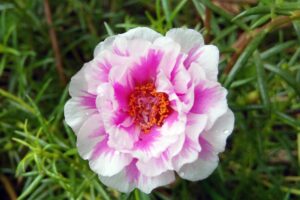

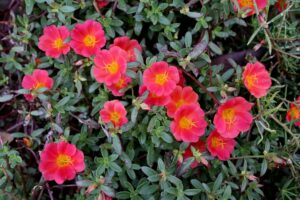




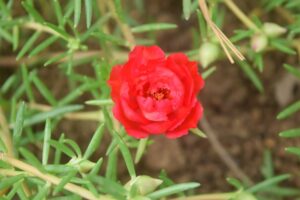

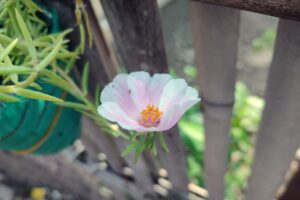

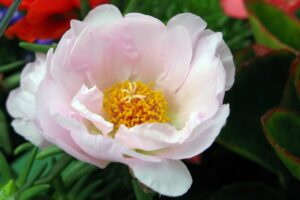


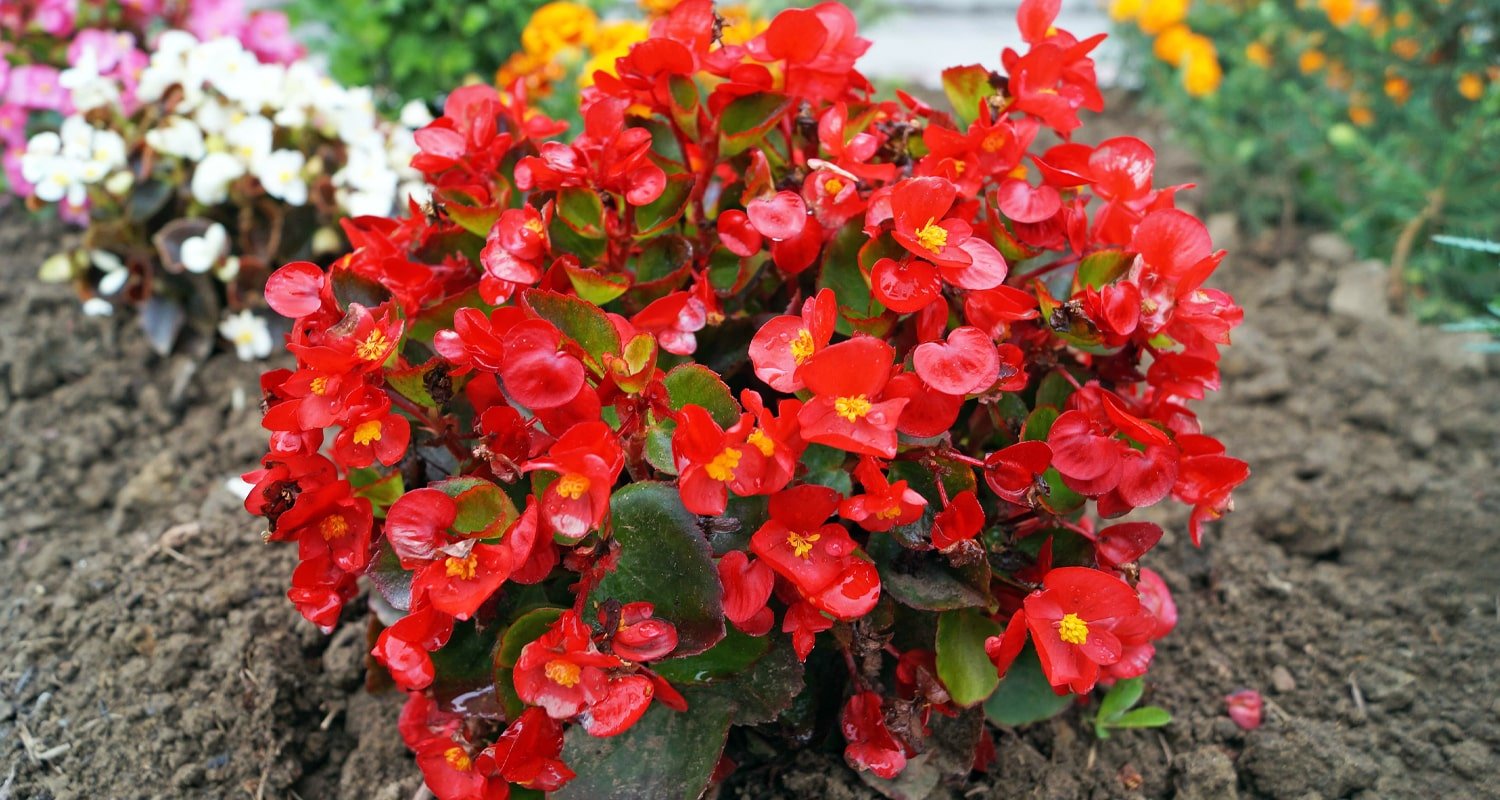
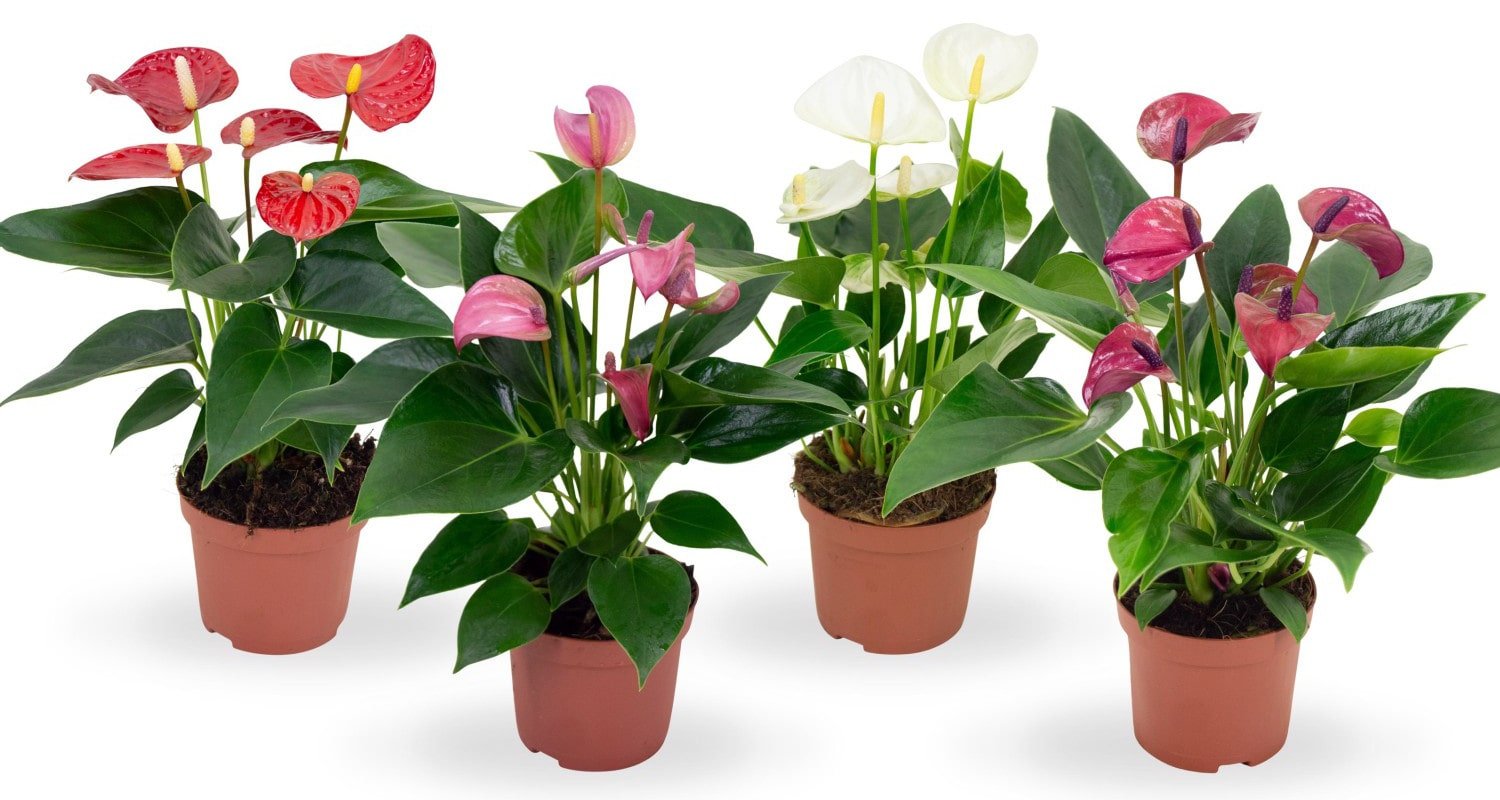

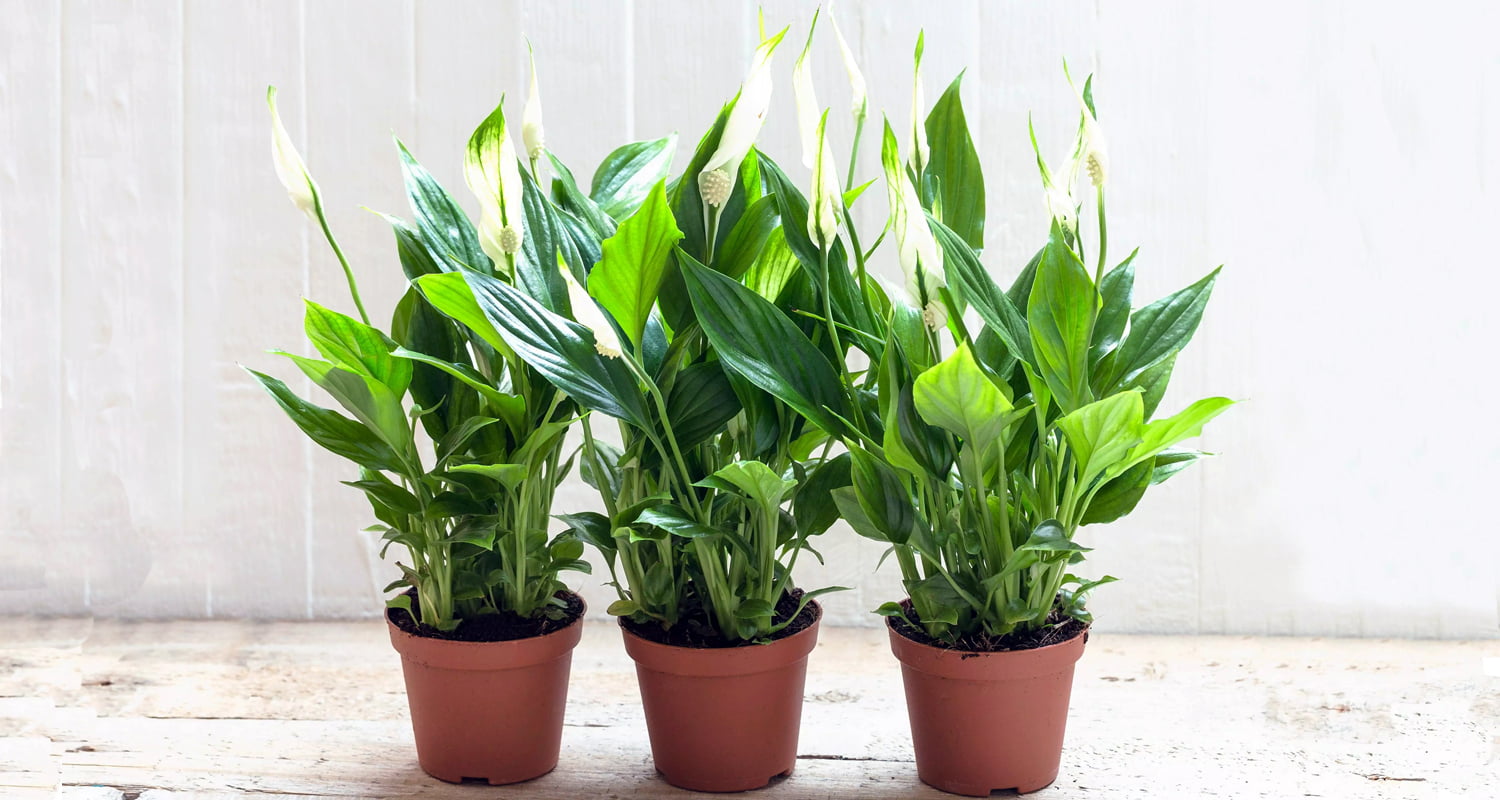
No comment